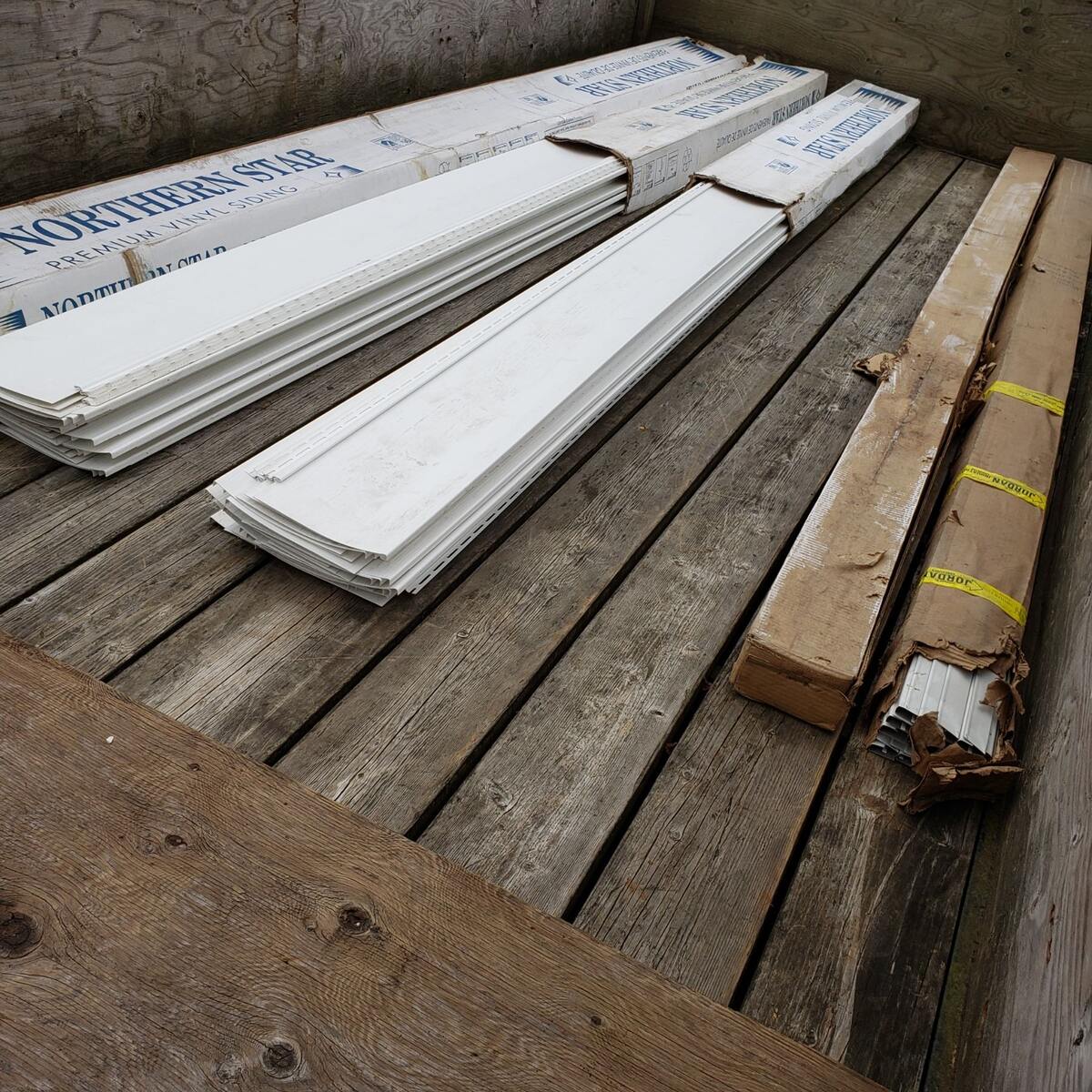

Articles
How Many Pieces Of Vinyl Siding Is In A Box
Modified: August 17, 2024
Looking for information on the number of vinyl siding pieces in a box? Check out our informative articles on this topic!
(Many of the links in this article redirect to a specific reviewed product. Your purchase of these products through affiliate links helps to generate commission for Storables.com, at no extra cost. Learn more)
Introduction
Vinyl siding is a popular choice for homeowners looking to enhance the aesthetics and durability of their homes. It offers a range of benefits, including low maintenance, weather resistance, and a wide variety of colors and styles to choose from. If you are considering a vinyl siding project, it is important to understand the components involved, including the number of pieces in a box.
In this article, we will explore the world of vinyl siding boxes and uncover the factors that determine the number of pieces found within them. We will also provide insights on how to calculate the number of pieces needed for your specific project. So, let’s dive into the fascinating world of vinyl siding boxes.
Key Takeaways:
- Vinyl siding boxes contain 24 to 30 pieces on average, but factors like length, profile type, and manufacturer specifications can affect the quantity. Understanding these factors is crucial for accurate project planning.
- Proper handling and storage of vinyl siding boxes is essential to maintain the quality of the siding. Handle with care, keep boxes upright, protect from moisture, and organize for easy access during installation.
Read more: Where To Buy Vinyl Siding Replacement Pieces
Vinyl Siding: An Overview
Vinyl siding is a type of exterior cladding that is made from PVC (polyvinyl chloride) resin. It is designed to mimic the look of traditional wood siding, but with added benefits such as increased durability and minimal maintenance requirements. Vinyl siding is a popular choice among homeowners and contractors due to its affordability, versatility, and wide range of design options.
Not only does vinyl siding enhance the curb appeal of a home, but it also serves as a protective layer against harsh weather conditions, including wind, rain, and UV rays. Additionally, vinyl siding is resistant to rot, insect infestations, and warping, making it a durable and long-lasting option for any climate.
Vinyl siding is available in various profiles, including horizontal (lap) siding, vertical siding, and shake or shingle siding. It also comes in a wide array of colors and finishes, ranging from classic neutrals to bold, vibrant hues. Furthermore, homeowners can opt for options that mimic the texture and appearance of natural materials like wood or stone.
With vinyl siding, homeowners have the freedom to choose a style that complements their home’s architectural design and personal taste. Whether you prefer a traditional or modern look, vinyl siding offers endless possibilities for customization.
Now that we have a basic understanding of vinyl siding, let’s delve into the key aspect of vinyl siding boxes and the number of pieces they contain.
Understanding Vinyl Siding Boxes
When purchasing vinyl siding, it typically comes in boxes or cartons that contain a certain number of siding pieces. These boxes are designed to protect the siding during transport and storage, ensuring that it arrives in pristine condition for installation.
Vinyl siding boxes are usually rectangular in shape and made from a sturdy material such as cardboard. They are specifically designed to hold and organize the siding pieces, allowing for easy handling and measurement during the installation process.
It’s important to note that the size and dimensions of vinyl siding boxes can vary depending on the manufacturer and specific product. Some boxes may be smaller and contain fewer siding pieces, while others may be larger and hold a greater quantity of siding. This variability allows for flexibility and customization to meet the specific needs of different projects.
Each vinyl siding box is typically labeled with important information, including the brand, color, length, and number of pieces inside. This labeling ensures that contractors and homeowners can easily identify and track the contents of each box.
Understanding the number of pieces in a vinyl siding box is crucial when planning and estimating the amount of siding needed for a project. By knowing the quantity of pieces in each box, you can accurately calculate the total number of boxes required and ensure that you have enough siding to complete the installation.
Now that we have a grasp on vinyl siding boxes, let’s delve into the factors that can affect the number of siding pieces found within them.
Factors Affecting the Number of Pieces in a Box
Several factors can influence the number of vinyl siding pieces found within a box. Understanding these factors is essential for accurately estimating the amount of siding needed for a project.
1. Length of Siding: One of the primary factors is the length of each siding piece. Vinyl siding is typically available in varying lengths, such as 12 feet or 16 feet. The longer the length of each piece, the fewer pieces will fit in a single box. Conversely, shorter lengths will allow for more pieces in a box.
2. Profile Type: The profile type of the vinyl siding can also impact the number of pieces in a box. Different profile types, such as lap siding or shake siding, may have varying widths and dimensions. This can affect how many pieces can fit within a box, as wider profiles may take up more space.
3. Thickness of Siding: The thickness or gauge of the vinyl siding can also play a role in determining the number of pieces in a box. Thicker siding may require more space, resulting in fewer pieces per box. Conversely, thinner siding can allow for more pieces in a box.
4. Manufacturer Specifications: Each vinyl siding manufacturer may have their own specific guidelines and packaging standards. These specifications can affect the number of pieces in a box. It is important to refer to the manufacturer’s instructions and packaging information for accurate details on the contents of each box.
5. Accurate Packaging: While unlikely, human error during the packaging process can occasionally result in slight variations in the number of pieces in a box. However, reputable manufacturers have strict quality control measures in place to minimize such discrepancies.
It’s important to consider these factors when estimating the quantity of vinyl siding needed for a project. By taking into account the length, profile type, thickness, manufacturer specifications, and potential packaging variations, you can more accurately determine the number of boxes required.
Now that we understand the factors influencing the number of pieces in a box, let’s explore the average quantity of pieces you can expect to find.
Average Number of Pieces in a Vinyl Siding Box
The average number of vinyl siding pieces in a box can vary depending on several factors, including the length of the siding, the profile type, and the manufacturer’s specifications. However, there are some general guidelines that can help you estimate the quantity of pieces you can expect to find in a box.
In most cases, a box of vinyl siding will contain around 24 to 30 pieces. This average is based on standard 12-foot lengths of siding. Keep in mind that this number may fluctuate slightly depending on the specific product and manufacturer.
For example, if you are using 16-foot lengths of siding, the number of pieces per box may decrease to approximately 18 to 22 pieces. On the other hand, if you are using shorter lengths, such as 10 feet, you may find a slightly higher number of pieces per box.
Additionally, the profile type of the siding can also impact the number of pieces in a box. Certain profiles, such as lap siding, may have wider widths, resulting in fewer pieces per box. Conversely, profiles with narrower widths, like shake or shingle siding, may allow for more pieces in a box.
It is essential to refer to the manufacturer’s specifications for accurate details on the number of pieces in each box. The packaging of vinyl siding typically includes this information, ensuring that you have the necessary details to plan your project effectively.
Remember, these figures are general averages, and it’s important to consider the specific product and manufacturer you are working with. Always consult the packaging and technical specifications provided by the manufacturer for the most accurate information.
In the next section, we will explore the variations in box sizes and quantities across different vinyl siding brands and products.
A standard box of vinyl siding typically contains 24 pieces, covering approximately 200 square feet. Be sure to check the specific product details for the siding you are purchasing.
Read more: How To Hang Window Boxes On Vinyl Siding
Variations in Box Sizes and Quantities
When it comes to vinyl siding, there can be variations in box sizes and quantities across different brands and products. While the average number of pieces in a box may fall within a certain range, specific manufacturers may have their own packaging standards that deviate from the norm.
Some vinyl siding manufacturers offer boxes with larger quantities of siding pieces, while others may provide smaller quantities. The number of pieces in a box can range from as low as 12 to as high as 40, depending on the manufacturer’s specifications.
In addition to variations in quantities, box sizes can also differ. While the most common box size is rectangular and designed to hold a specific quantity of siding pieces, some manufacturers may opt for larger or smaller box sizes. This can impact the ease of handling and storing the boxes on the job site.
It is important to check the packaging and technical specifications provided by the manufacturer for accurate information on the number of pieces and box sizes. This will ensure that you have a clear understanding of what to expect when purchasing vinyl siding for your project.
Keep in mind that these variations in box sizes and quantities are part of the flexibility offered by different vinyl siding brands. The ability to choose from different packaging options allows homeowners and contractors to find products that best suit their specific project requirements.
Now that we understand the variations in box sizes and quantities, let’s move on to the important task of calculating the number of pieces needed for your specific project.
Calculating the Number of Pieces Needed for a Project
Accurately calculating the number of vinyl siding pieces needed for a project is vital to ensure a smooth installation process and avoid any unnecessary delays or material shortages. Here are the steps to follow when determining the quantity of siding required:
1. Measure the Walls: Begin by measuring the length and height of each wall where you plan to install vinyl siding. Multiply the length by the height to calculate the square footage of each wall. Add up the square footage of all walls to determine the total square footage for the project.
2. Consider the Waste Factor: It’s important to account for waste when calculating the number of siding pieces needed. Generally, a waste factor of 10% is recommended to accommodate any cutting, trimming, and potential mistakes during installation. Multiply the total square footage by 1.10 to include the waste factor.
3. Determine the Coverage Area: Refer to the packaging or manufacturer’s specifications to determine the coverage area provided by each siding piece. This information will vary depending on the length, profile type, and thickness of the siding. Divide the adjusted total square footage by the coverage area per piece to calculate the estimated number of siding pieces needed.
4. Round up to Account for Boxes: Since vinyl siding is typically sold in full boxes, round up the number of pieces needed to accommodate the packaging. Determine the number of pieces per box and round up to the nearest whole number to ensure you have enough boxes to complete the project.
Remember, these calculations are meant to provide an estimate and should be used as a guide. Always consult the manufacturer’s installation guidelines and consider any specific project requirements or design considerations that may affect the quantity of siding needed.
By following these steps and taking into account the measurements, waste factor, coverage area, and packaging, you can confidently determine the number of vinyl siding pieces needed for your specific project.
Next, let’s explore some tips for handling and storing vinyl siding boxes to ensure they remain in optimal condition.
Tips for Handling and Storing Vinyl Siding Boxes
Proper handling and storage of vinyl siding boxes are crucial to ensure that the siding remains in excellent condition throughout the installation process. Here are some tips to help you handle and store vinyl siding boxes effectively:
1. Handle With Care: Vinyl siding is relatively durable, but it can still be susceptible to damage if mishandled. When moving and transporting the boxes, avoid dropping them or placing heavy objects on top of them. This will help prevent any dents, scratches, or other forms of damage that could affect the appearance of the siding.
2. Keep Boxes Upright: Vinyl siding boxes are designed to be stored and handled in an upright position. This ensures that the siding pieces inside are properly aligned and prevents warping or bending of the siding. Avoid laying the boxes on their sides or stacking them horizontally, as this can cause distortion and compromise the quality of the siding.
3. Protect from Moisture: It is important to keep vinyl siding boxes away from moisture. Moisture can lead to mold or mildew growth on the siding, which can degrade its quality. Store the boxes in a dry area, away from direct exposure to rain or humidity. If storing the boxes outdoors, cover them with a waterproof tarp to provide an extra layer of protection.
4. Avoid Extreme Temperatures: Vinyl siding can expand and contract with temperature fluctuations. To prevent potential warping or damage, avoid storing the boxes in areas that are subject to extremely high or low temperatures. Ideally, store the boxes in a climate-controlled environment to maintain the integrity of the siding.
5. Organize and Label: When storing multiple boxes of vinyl siding, it can be helpful to keep them organized and labeled. This will make it easier to locate specific colors or profiles when needed and prevent confusion during the installation process. Use labels or markers to identify the contents of each box for quick reference.
6. Rotate Stock: If you have multiple boxes of vinyl siding, it is a good practice to rotate your stock. Use the oldest boxes first to prevent any potential color or texture variations that may occur due to different production batches.
By following these tips, you can ensure that your vinyl siding boxes remain in optimal condition, ready for installation. Handling and storing the boxes properly will help maintain the quality and appearance of the siding throughout the project.
Now, let’s wrap up our discussion on vinyl siding boxes.
Conclusion
Vinyl siding boxes play a crucial role in the installation process, ensuring that the siding pieces are protected and organized for a smooth and efficient project. By understanding the factors that affect the number of pieces in a box, estimating the quantity needed, and following proper handling and storage techniques, you can ensure a successful vinyl siding installation.
Throughout this article, we have explored the fundamentals of vinyl siding, including its benefits and versatility. We have also delved into the world of vinyl siding boxes, understanding their purpose, variations in sizes and quantities, and how to calculate the number of pieces needed for a project.
Remember to consider factors like length, profile type, thickness, and manufacturer specifications when estimating the quantity of vinyl siding required. Round up the number of pieces needed to accommodate full boxes, and account for a waste factor to avoid any shortages during installation.
Additionally, handling and storing vinyl siding boxes with care is vital to preserving the quality of the siding. Keep the boxes upright, protect them from moisture and extreme temperatures, and maintain an organized system to easily locate specific colors and profiles when needed.
By adopting these practices and paying attention to the details, you can ensure that your vinyl siding project is a success. Whether you are a homeowner embarking on a DIY project or a contractor managing multiple installations, understanding vinyl siding boxes will empower you to plan, estimate, and execute your project effectively.
So, when it comes to vinyl siding, take the time to understand the contents and requirements of the boxes. By doing so, you can achieve a beautiful, durable, and long-lasting siding solution that will enhance both the look and value of your home.
Now that you're clued in on how many pieces of vinyl siding fit in a box, why stop there? Dive deeper and discover what's trending with vinyl siding options for the upcoming year. Our next feature unpacks the latest and greatest in siding aesthetics and functionality. Don't miss out on transforming your home's exterior into something truly special with our guide on spectacular vinyl siding choices.
Frequently Asked Questions about How Many Pieces Of Vinyl Siding Is In A Box
Was this page helpful?
At Storables.com, we guarantee accurate and reliable information. Our content, validated by Expert Board Contributors, is crafted following stringent Editorial Policies. We're committed to providing you with well-researched, expert-backed insights for all your informational needs.
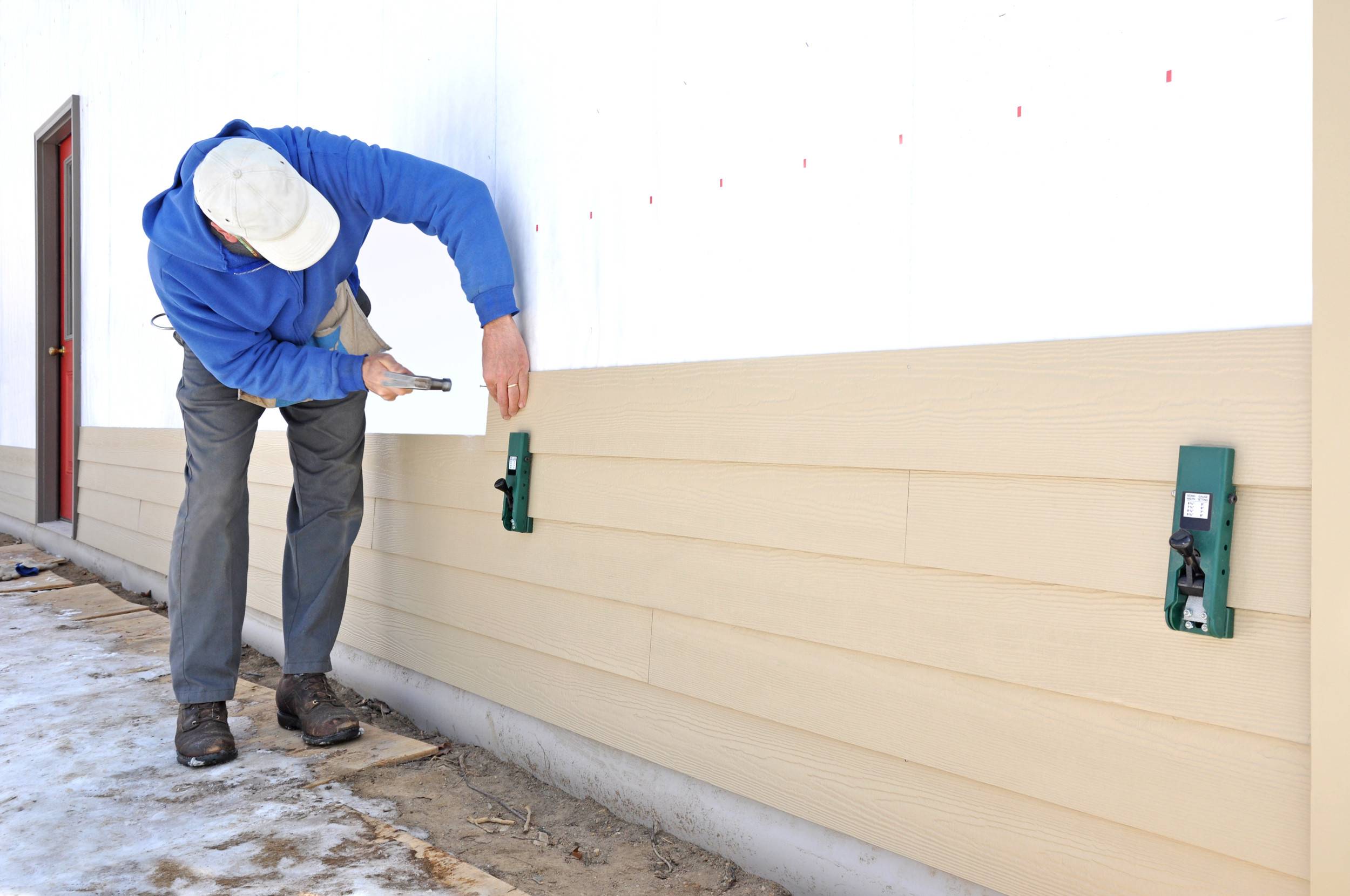
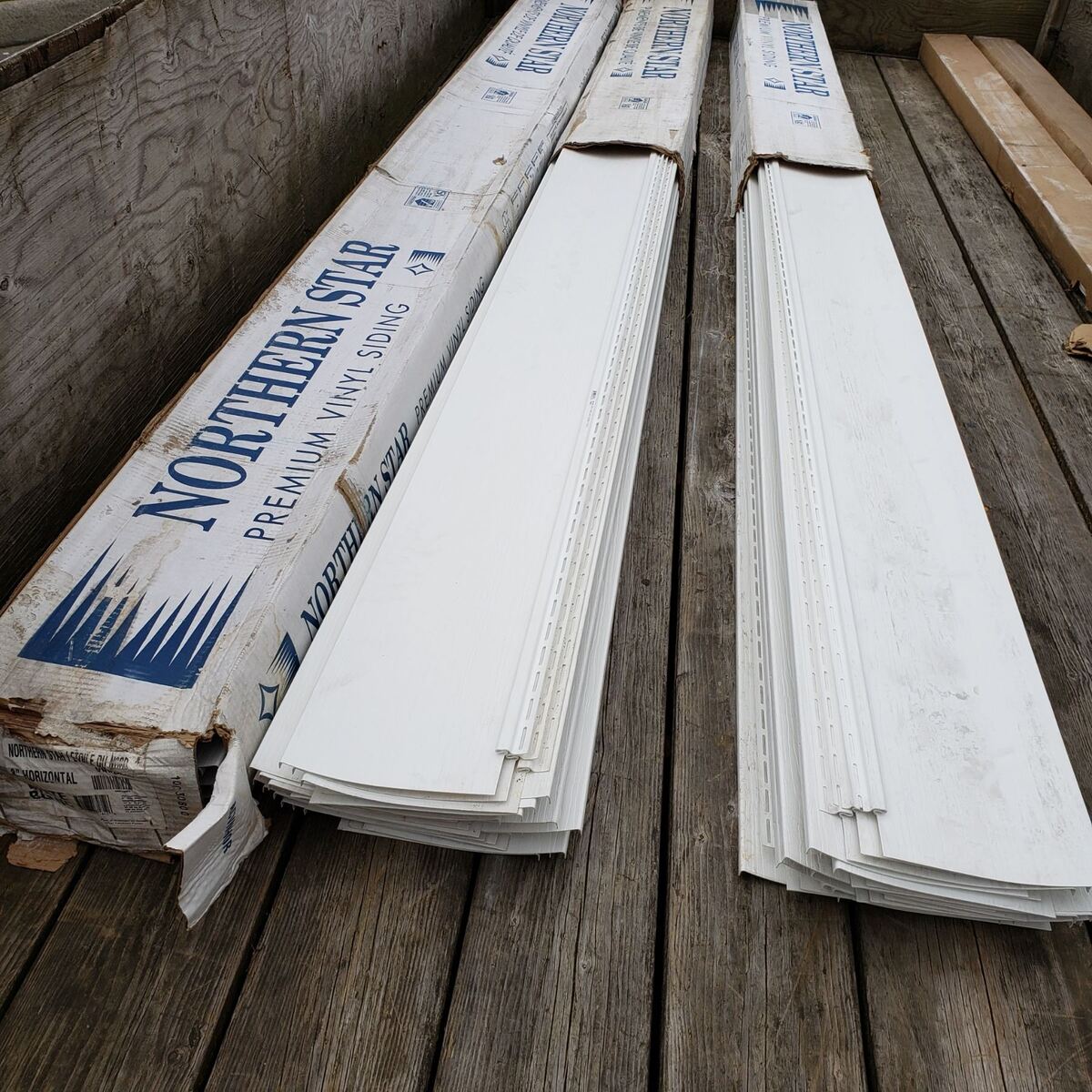
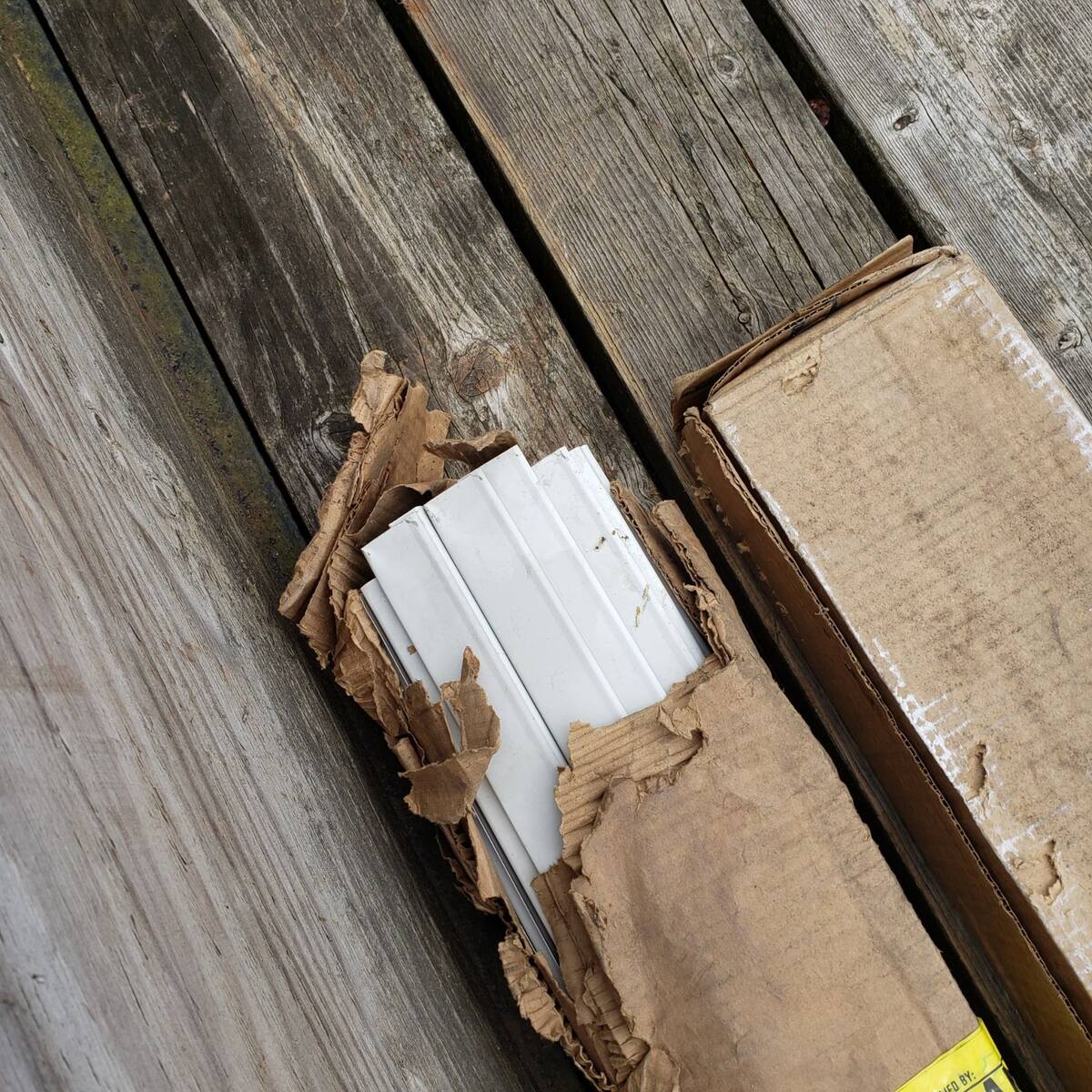

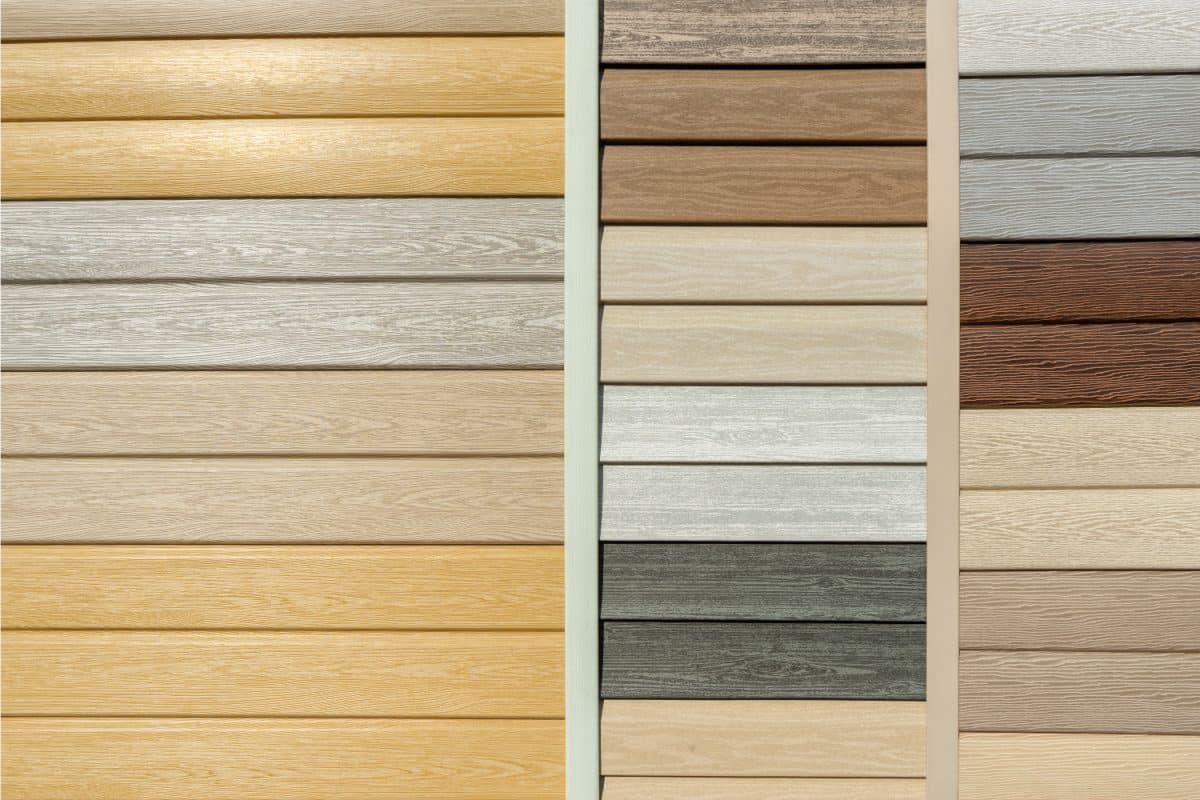
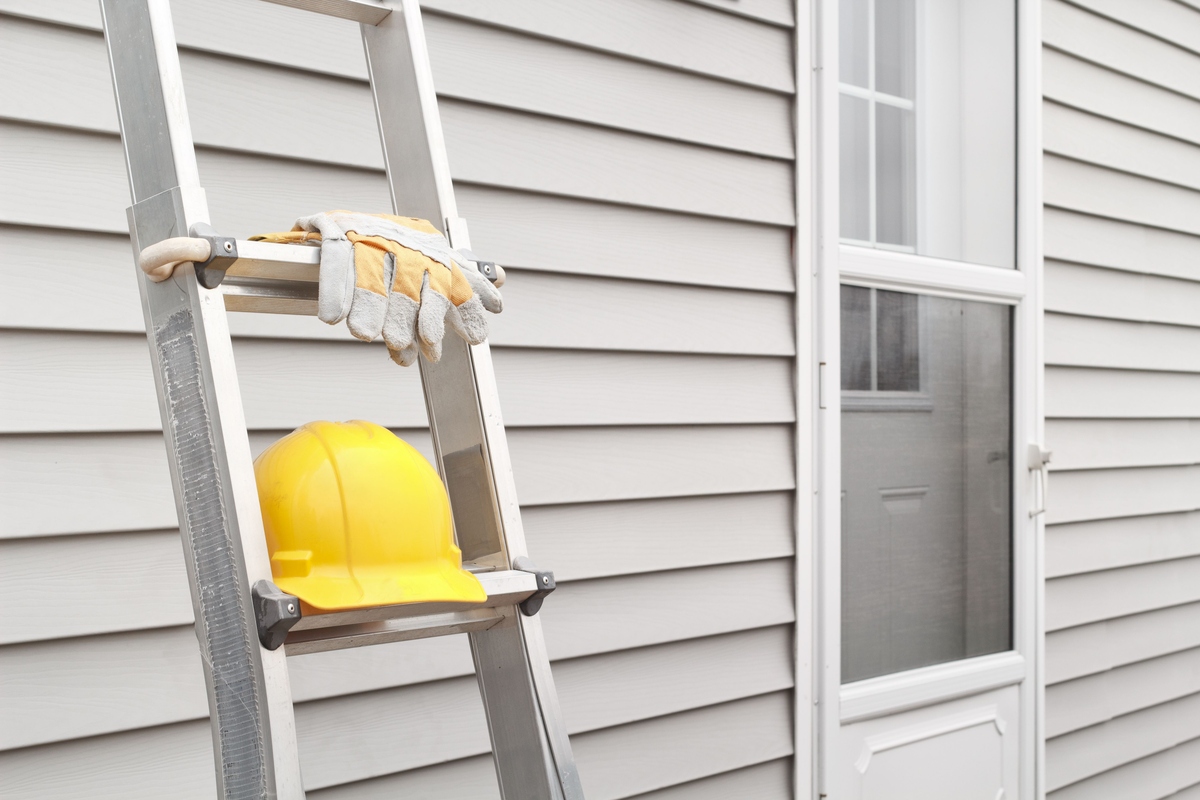

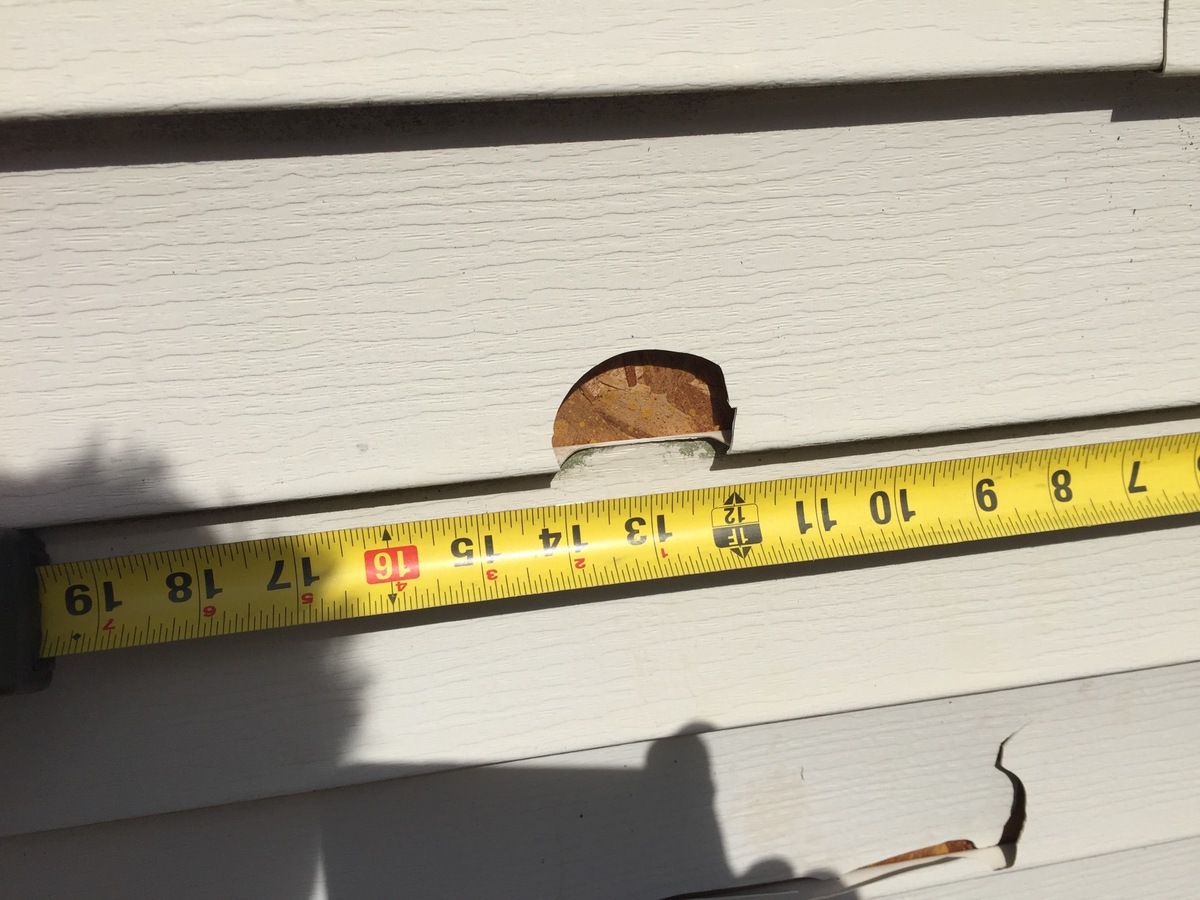
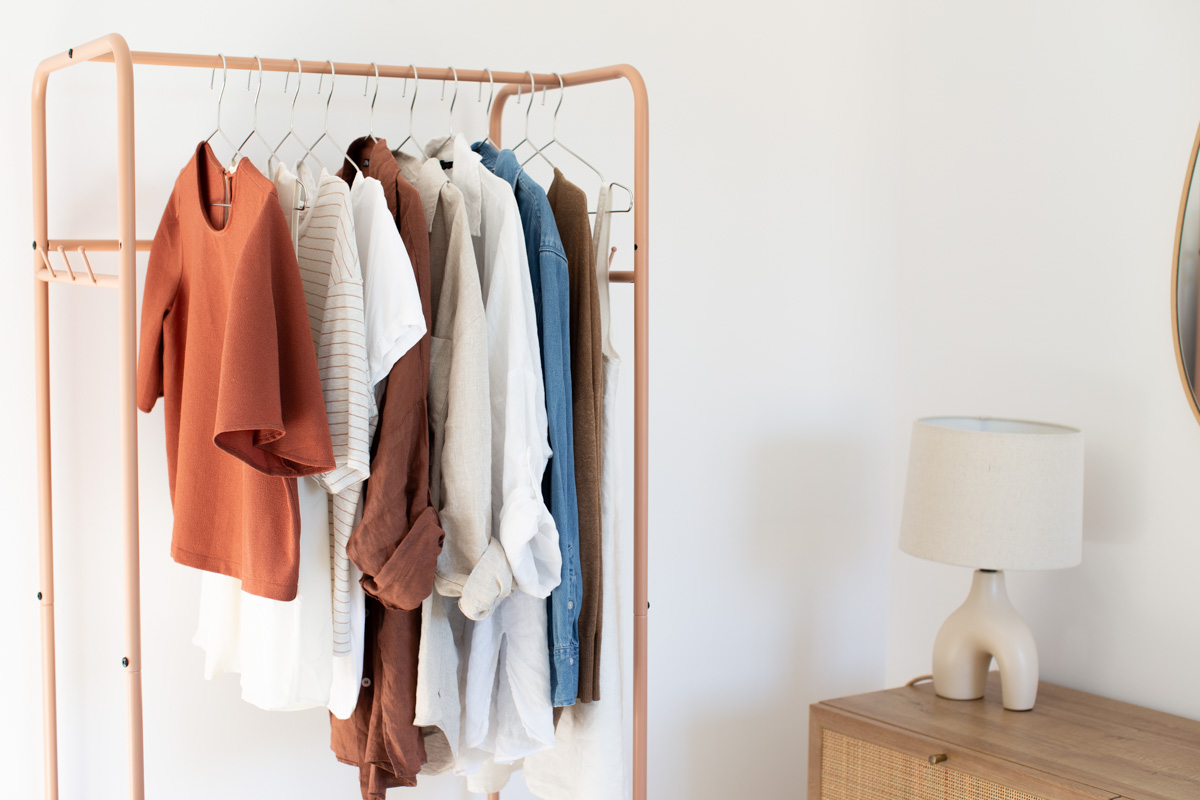
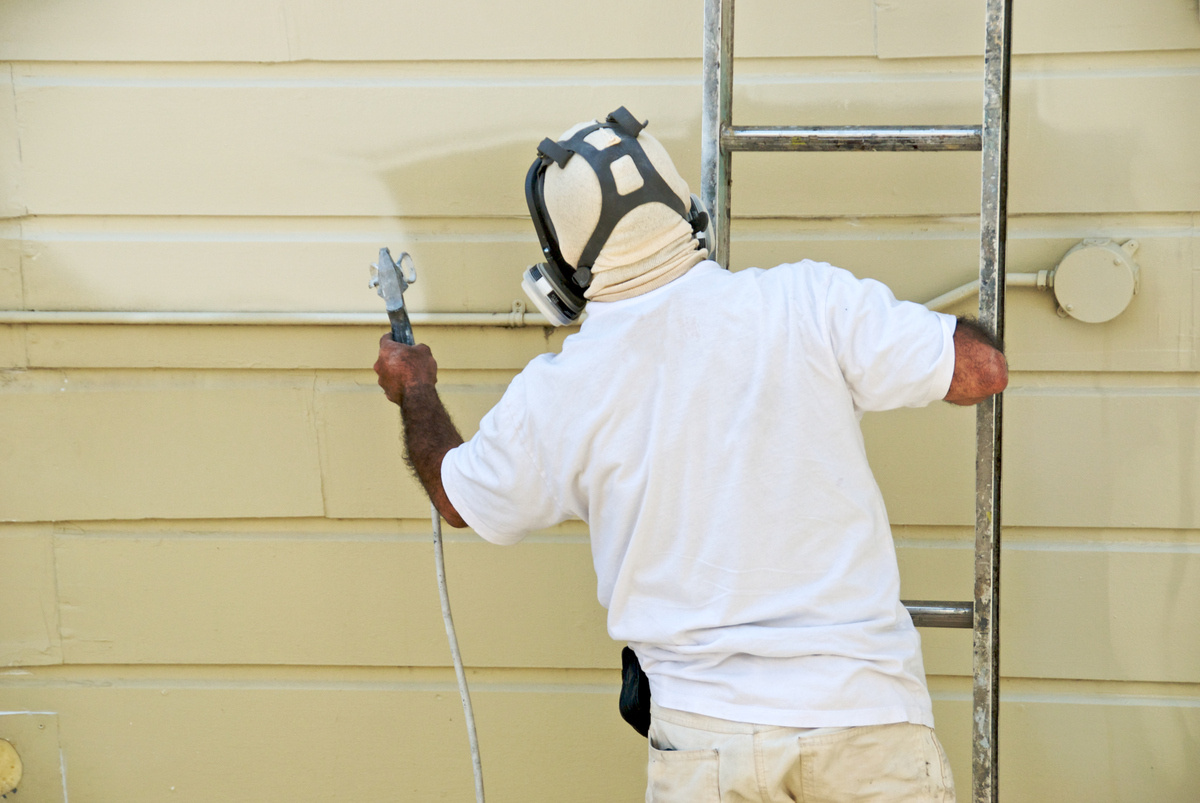
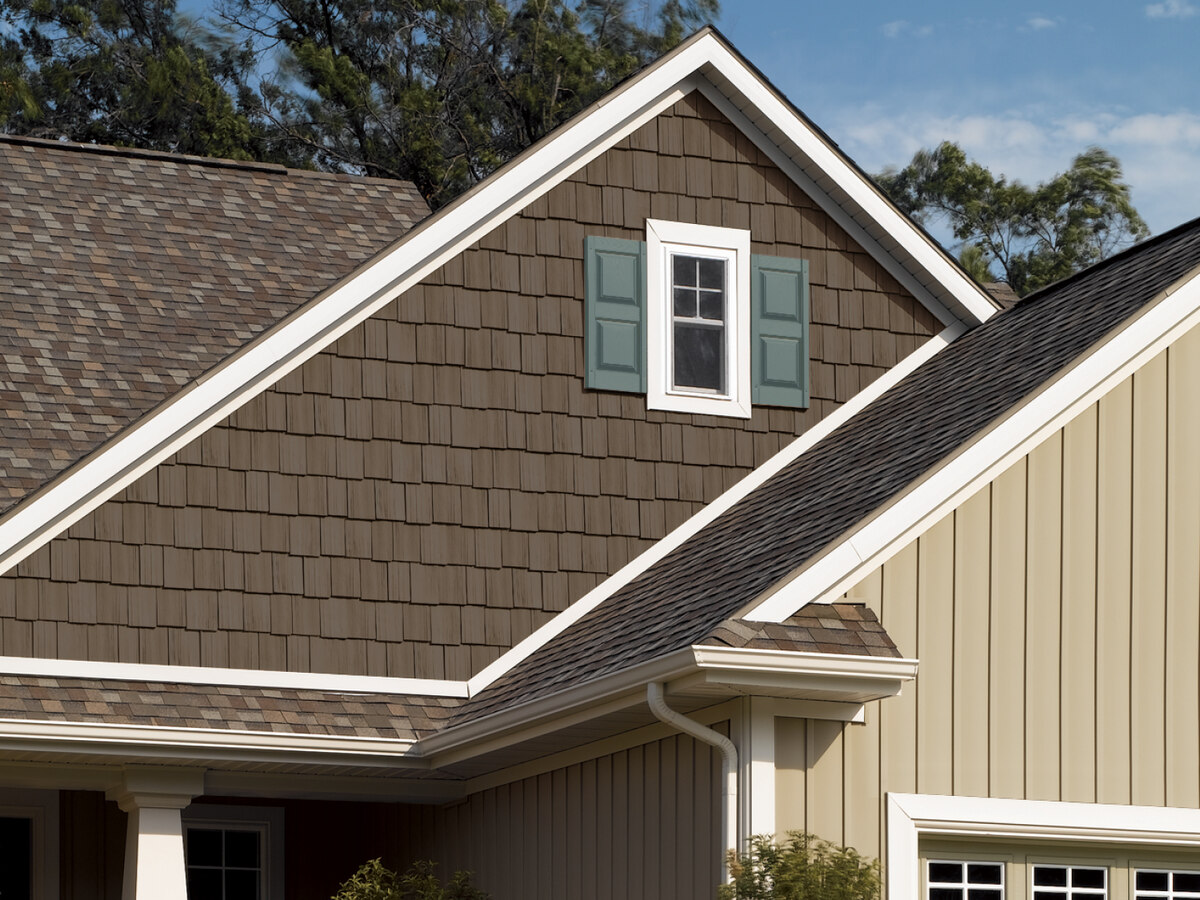

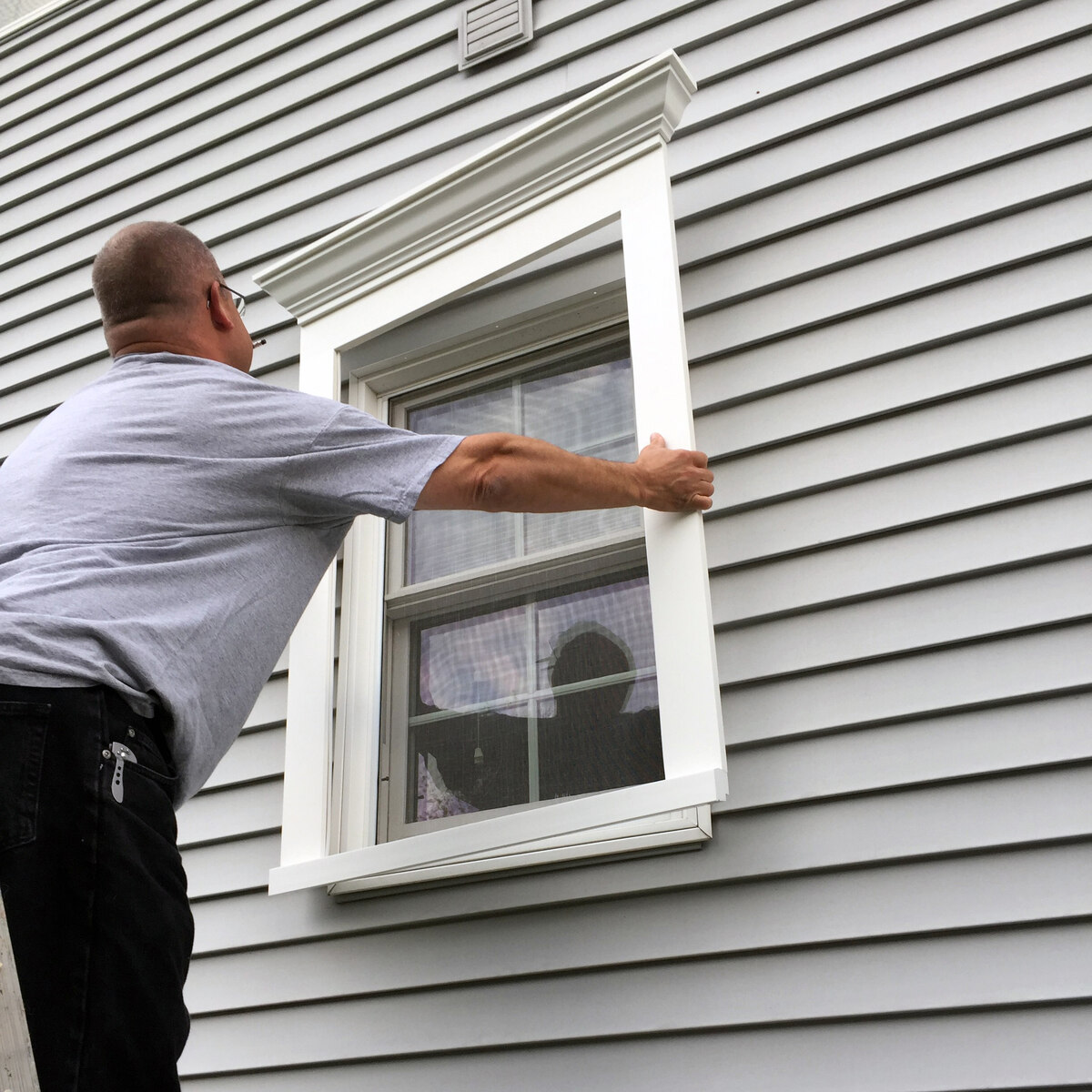
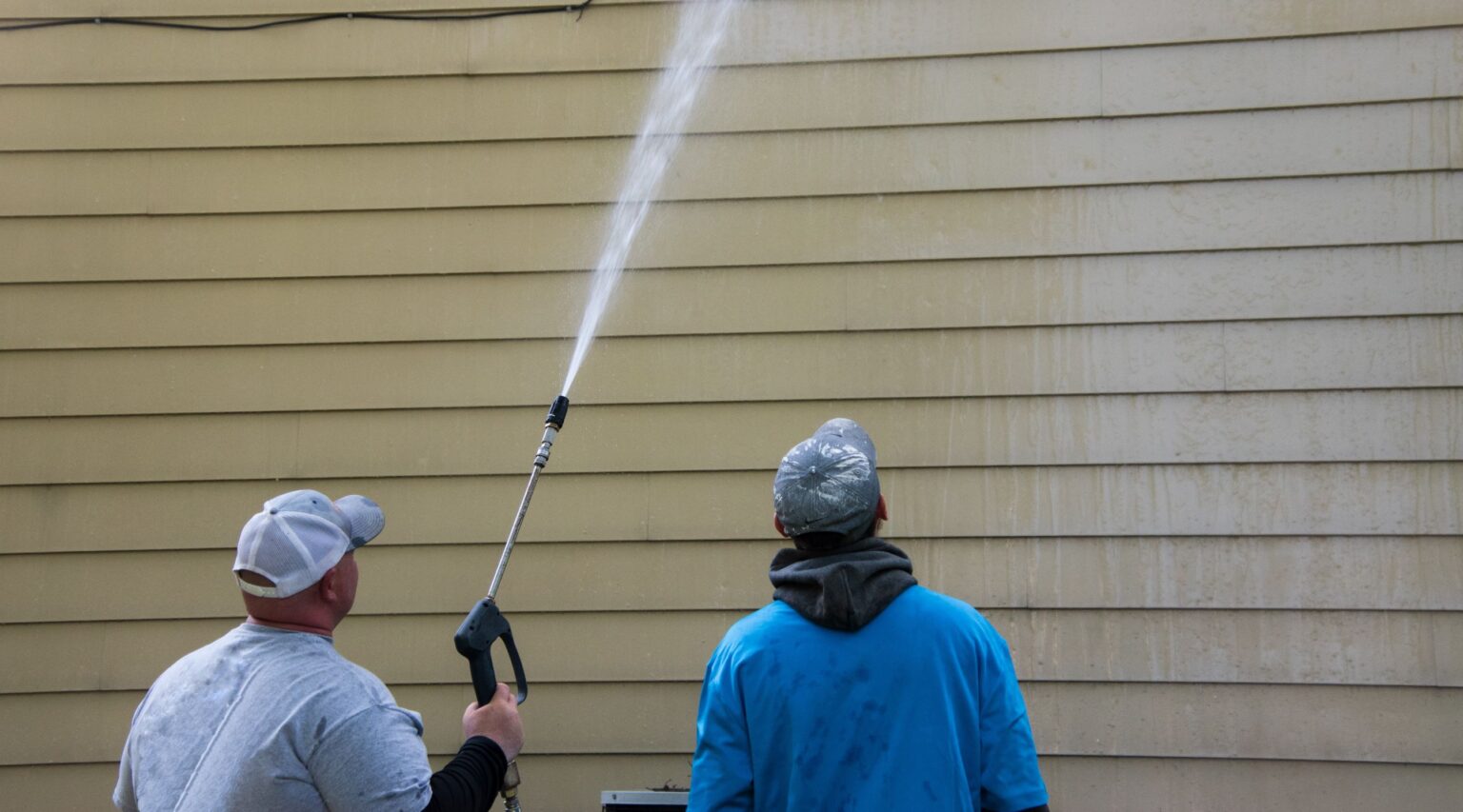

0 thoughts on “How Many Pieces Of Vinyl Siding Is In A Box”